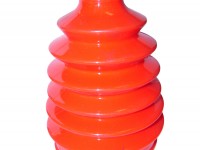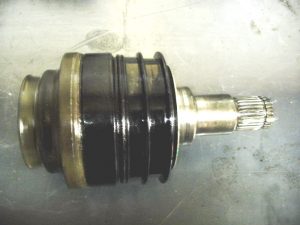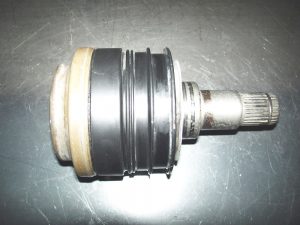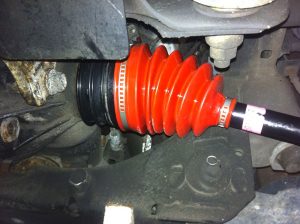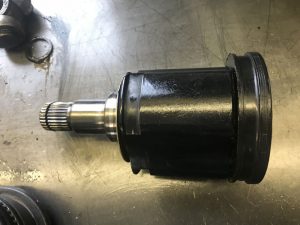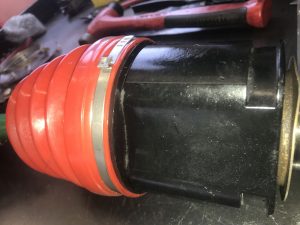Thank you for purchasing our High Angle CV Boot Kit!
Notice to customer: There is no warranty on the ORS High Angle CV Boot Kit. This High Angle CV Boot Kit is designed to reduce CV boot wear in high angle situations. This part is not designed to fit in the same manner as the OEM CV boot. Special fitting is required for this product to function properly. It is the sole responsibility of the installer to ensure the CV boot fits and functions properly. By installing this product the customer accepts these terms.
Do not wash these CV boots in high-powered solvents, this has been known to damage the boots.
Read and understand these instructions before beginning installation. A tensioning tool for “band-it” type CV boot clamps, and/or a standard crimp-type CV clamp tool are required for installation. There may be a large rubber band around the CV boot, this is intended to relieve stress due to angle; we recommend leaving it in place. Stretching these boots is required in many applications. Due to their material, these boots will stretch a good amount safely.
- Drain the front differential and remove the axle assembly per manufacturer’s instructions.
- Remove both clamps from the inner CV joint. Slide the CV boot toward the outside of the axle shaft.
- Remove the axle shaft from the inner CV joint per manufacturer’s instructions. Remove any spring clips or snap rings. Remove the inner CV boot from the axle shaft. Do not discard.
- Replace/service the outer CV joint/boot, if applicable, at this time.
- Carefully clean the inner CV joint and related parts.
- Slide the new high angle CV boot over the axle shaft.
- If the inner CV joint case is not round but “tulip/tri-lobal” shape, perform this step. Cut the inner flange from the original CV boot. This is the section that originally sealed over the CV joint housing. Slide this section of the boot over the CV joint case to its original position. The high angle CV boot will install directly on top of this section of the original boot. Only one clamp will be used in this place, over the high angle boot. – See Illustrations
- On ’00-’06 Tundra OEM inner CV joints: Locate the thin sheet metal extension on the outside of the joint (original boot fastened to this piece). Cut approximately ½ of the extension off. Ensure that the CV joint will travel feely without contacting this extension. Do not cut this entire piece off. Be sure to shield the joint and keep the joint free of all debris during this step.
- Assemble the inner CV joint per manufacturer’s instructions. Be sure that all snap rings and spring clips are in their proper location. 2 or 3 grease packs will be provided, and may vary in size. Estimate the total weight of all grease packs and evenly divide the grease per side. Place the majority of the grease in each inner joint, and place the remainder inside each CV boot. It is very important to keep the larger sealing surface of the boot and CV joint case clean and dry.
- With the CV joint extended to its middle position, slide the high angle CV boot over the inner joint case and place directly on top of the CV joint (or the remaining section of original CV boot). Be sure the boot’s inner (larger) flange is placed in the joint (or boot) groove that will retain the boot in position.
- Slide the outer flange (small) of the high angle boot over the axle shaft until the boot rests in a neutral position (no tension on boot in either direction). This may place the outer flange in the original machined landing on the axle shaft, or this may require that the outer flange is set past the original machined landing (which is OK). At a neutral position, the boot bellows will still contact each other, this is OK. Also be sure that at full extension of the CV joint, the boot will not be stretched to its length limit, this could cause tearing under full suspension travel. See illustration.
- Using a tensioning tool, install and tighten the provided CV boot clamps on each end of the high angle CV boot. Ensure that the CV boot will hold firmly in position.
- Install the axle per manufacturer’s instructions and fill the differential with the proper lubricant.

